We may earn money or products from the companies mentioned in this post. This means if you click on the link and purchase the item, I will receive a small commission at no extra cost to you ... you're just helping re-supply our family's travel fund.

There are places where the soundtrack is wind in trees, oars dipping in blue water, and footsteps on old stone, and where the fastest thing you’ll see is a bicycle or a boat. Car free islands invite a different kind of travel: slower, softer, closer to nature. They protect their quiet by design and reward curiosity with wildlife, coves, and starry skies. Here’s a hand picked journey through 11 car free islands where nature truly takes the wheel, each with its own rhythm, story, and reason to linger.
Hydra, Greece
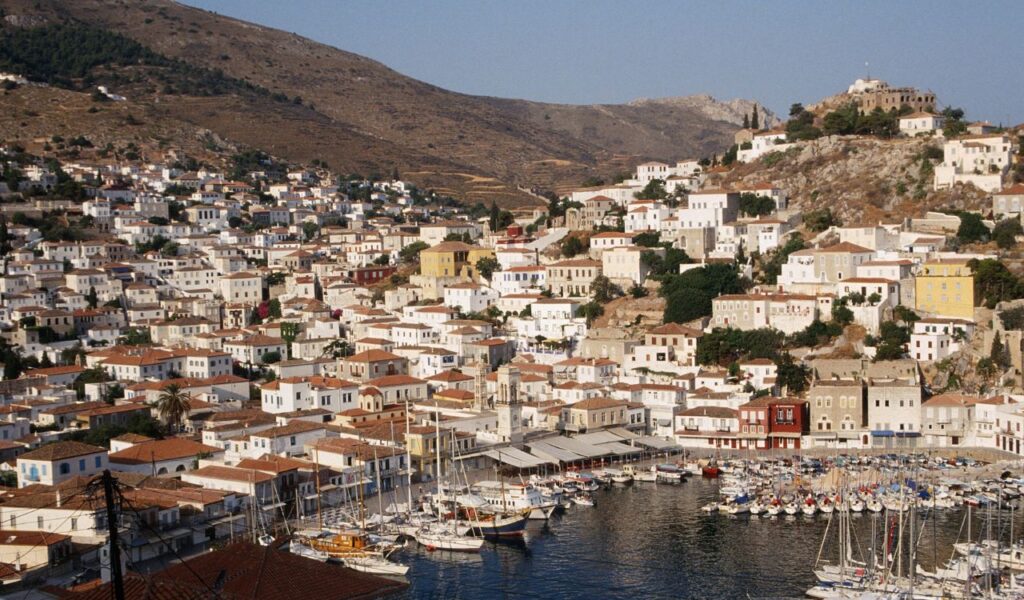
Hydra proves a car free island can thrive without compromise. A formal ban on motor vehicles keeps streets for donkeys, boats, and feet, preserving neoclassical mansions and amphitheatre steep lanes. Artists and writers have long escaped here for luminous Aegean light and hush. With no horns or engines, the harbor’s clink of masts sets the rhythm. Sunset strolls along the coastal path reveal coves and stone steps where life moves at an older, gentler pace.
Mackinac Island, USA
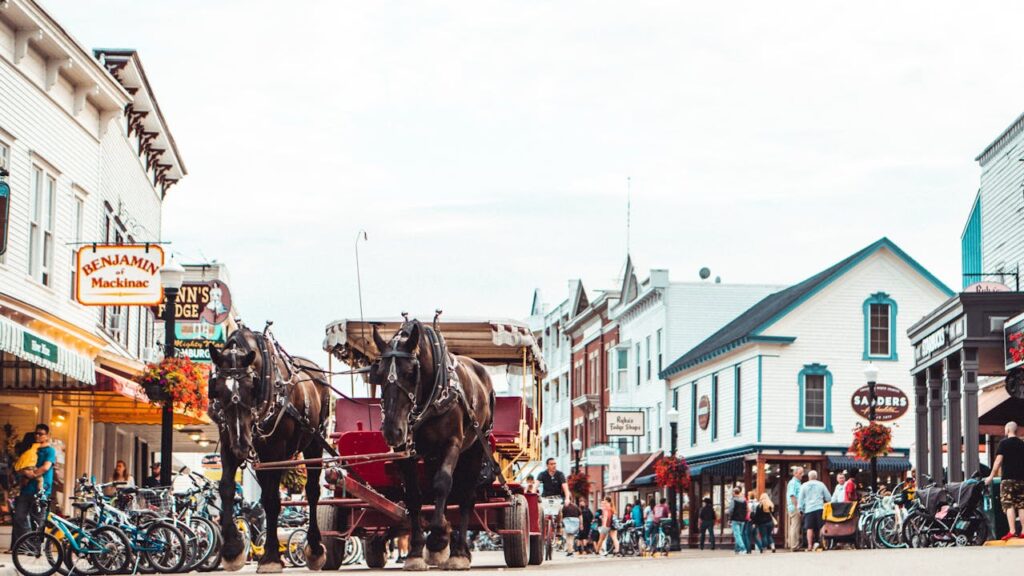
Mackinac banned cars in 1898, trading them for horses, bikes, and ferries, a living time capsule on Lake Huron. Pedal the 8.2 mile shoreline loop past limestone arches and cedars, then climb to Fort Mackinac for wide Great Lakes vistas. Fudge shops scent the air, grand porches nod to a Gilded Age of leisure. With clip clop echoes and lake breezes, Mackinac shows how a community can thrive at carriage speed.
Gili Islands, Indonesia
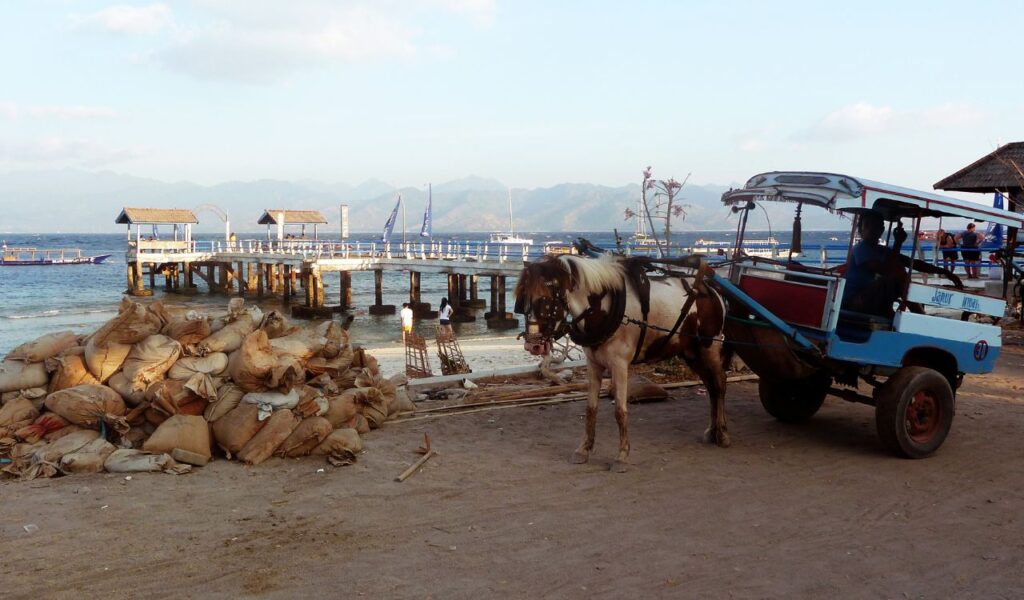
The Gili trio, Trawangan, Meno, and Air, trade traffic for sandy paths, bikes, and horse carts. Clear shallows brim with turtles, and snorkelers visit evocative underwater statues off Meno. On lively Trawangan, sunset bars and beach swings frame coral pink skies, while Air blends café culture with reef life. Each island can be crossed on foot, yet they feel boundless at sea level. The Gilis made the list for effortless slow travel and reef to table rhythm.
Ko Phi Phi Don, Thailand
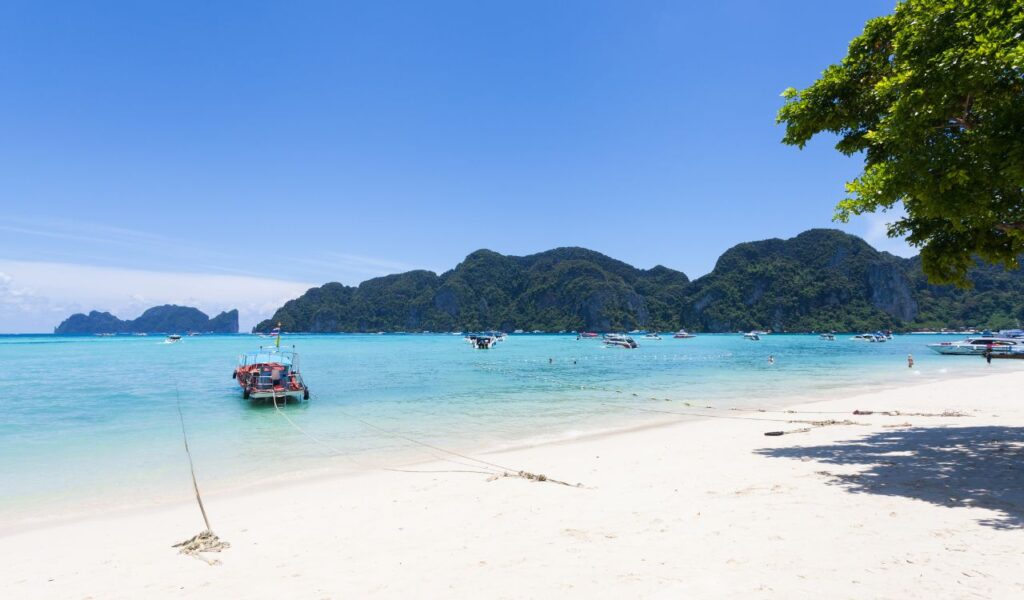
Though famed for its scenery, Phi Phi Don’s largely pedestrian core keeps island life intimate. Long tails ferry travelers to limestone coves and bright reefs, and trails climb to the viewpoint where aquamarine bays curve like parentheses. Nights bring lantern lit alleys and grill smoke, days are a carousel of swims and boat hops. Its inclusion recognizes a high profile destination where the best discoveries still happen on foot and by sea.
Caye Caulker, Belize
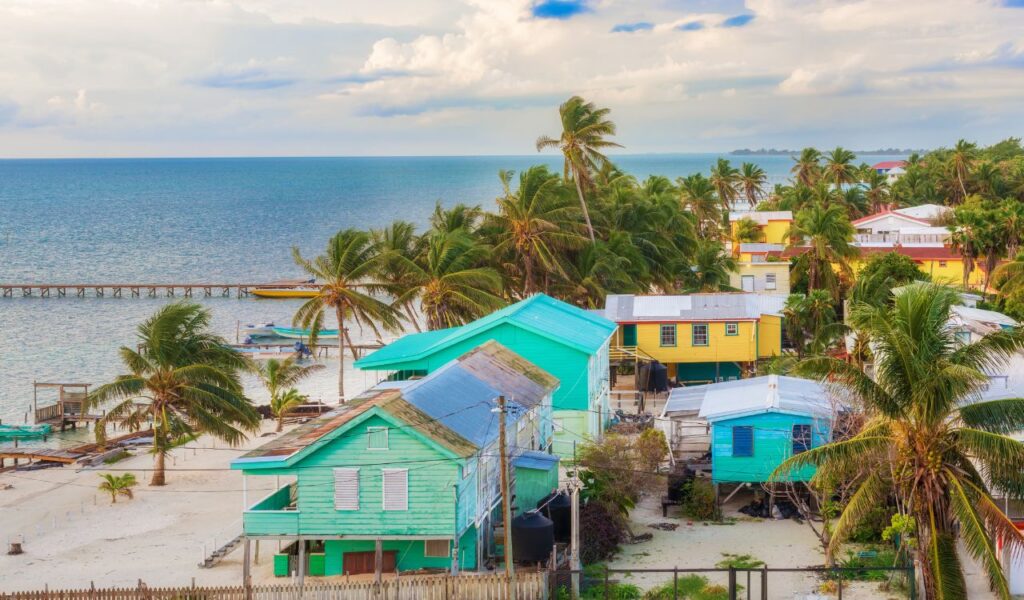
Go Slow is more than Caye Caulker’s motto, it’s infrastructure. Sandy streets favor bikes and golf carts, and the Split’s aquamarine channel becomes an open air lounge. Day trips run to Hol Chan Marine Reserve and Shark Ray Alley, where nurse sharks and rays glide in glassy water. Pelicans perch on jetties, and conch ceviche is mixed to order. The absence of cars amplifies sea breeze and conversation, making unhurried island time the default.
Little Corn Island, Nicaragua
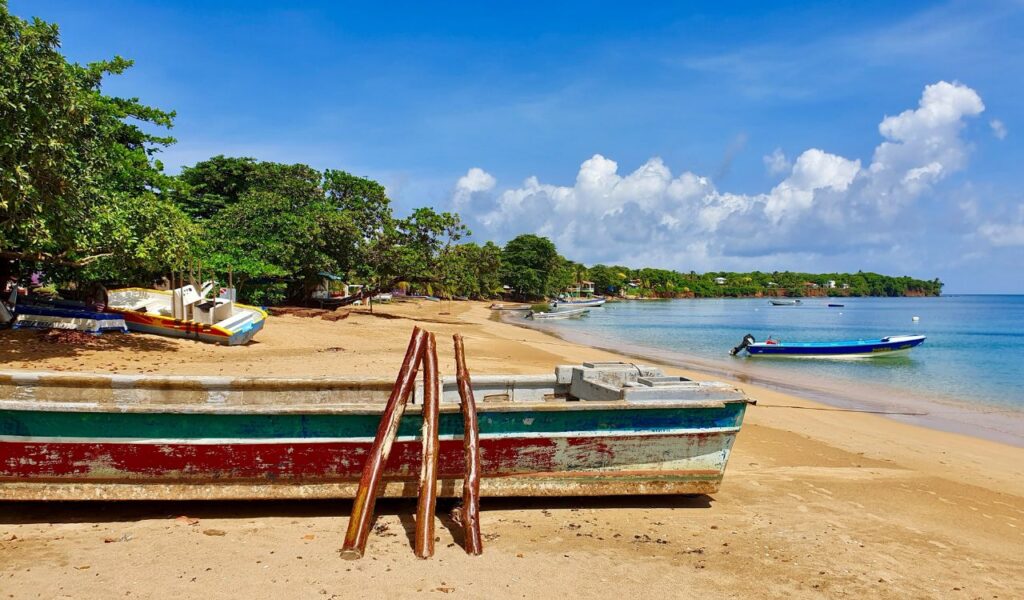
With no roads and only jungle footpaths, Little Corn is pure castaway charm. Guests wheel luggage by handcarts, beach huts sit steps from surf, and snorkel spots begin at the shoreline. Lobster boats dot the horizon at dawn, and stars blaze in inky, power sparing nights. The crossing by panga can be thrilling, bonding strangers over spray and adventure. It earns its place for raw Caribbean beauty and a community tuned to nature’s pulse.
Isla Holbox, Mexico
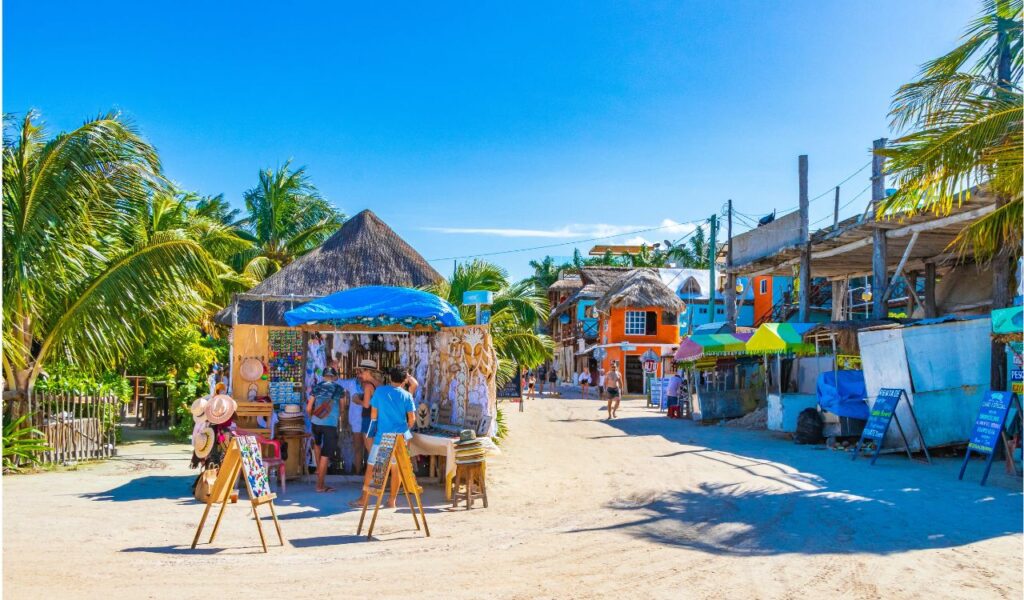
Holbox’s sandy lanes and car restrictions keep Yucatán’s wild side intact. In summer, boats head out to swim near gentle whale sharks, and in the lagoons, flamingos stride across mirrored flats. After dark, bioluminescence can spark at certain beaches, turning footsteps into constellations. Murals bloom on stucco walls while golf carts and bikes hum softly past. Holbox is here for pairing wildlife spectacle with an easy, engines off routine.
Lopud, Croatia
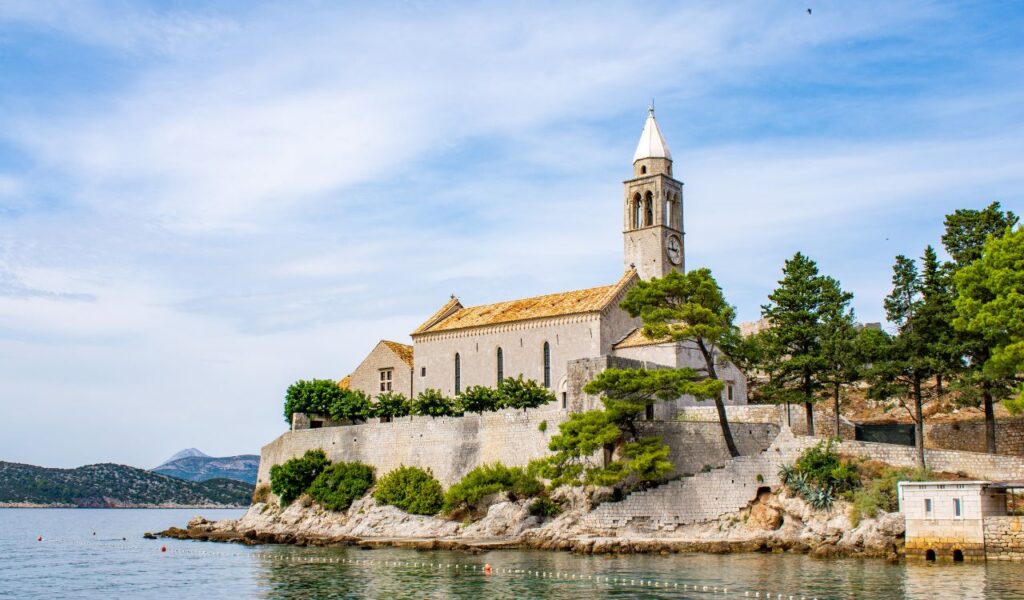
Car free Lopud in the Elaphiti Islands is a web of pine scented footpaths leading to Sunj, a rare Adriatic sandy beach with a gentle, family friendly shelf. Venetian traces linger in monasteries and stone villas around the harbor. Days pass on boat rides, terrace lunches, and swims in jade coves, and evenings bring cicadas and church bells. Without engines, the forest’s hush arrives like a surprise, making Lopud a simple, restorative pause.
Silba, Croatia
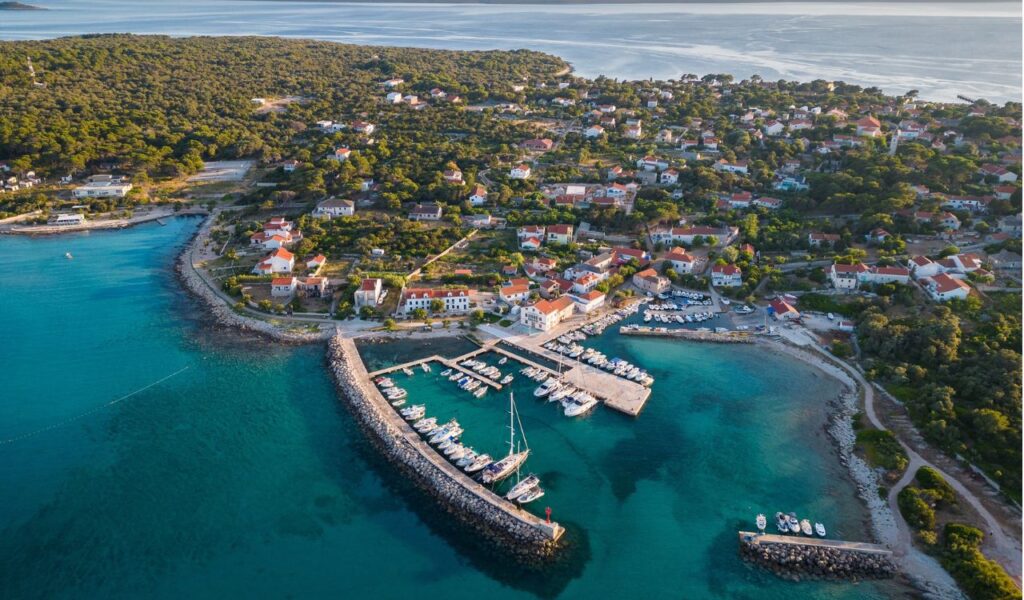
Silba’s nickname, the island of love, nods to Toreta, the Tower of Love, whose spiral steps open to sunset panoramas. With no cars and minimal roads, it is crossed on foot under tamarisk and pine, revealing coves where the Adriatic glows cobalt. Summer brings small arts festivals, and winter’s few hundred residents keep traditions alive. Silba stands out for blending creative spirit with silence, an island where the loudest sound is the sea.
Lundy, United Kingdom

Lundy rises like a granite ship in the Bristol Channel, a refuge for puffins, seals, and windswept heather. With no cars, visitors roam from lighthouse to lighthouse, watching kittiwakes shear along cliffs and grey seals bob in kelp beds. The Marisco Tavern anchors evenings with island tales. Remote yet welcoming, Lundy’s scale invites full day rambles and star soaked nights. It is included for big wild drama in a pint sized, engine quiet package.
Ukulhas, Maldives

Tiny, walkable Ukulhas pairs Maldivian lagoon blues with a community led eco ethos. Known for diligent waste management and clean beaches, it shows responsible tourism can thrive off mega resorts. Reef shelves invite snorkeling before breakfast, palms shade village lanes. With distances measured in minutes, daily life unfolds at human scale, fishermen, fruit stalls, the call of seabirds. It is included for proving small can be sustainable, serene, and sociable.